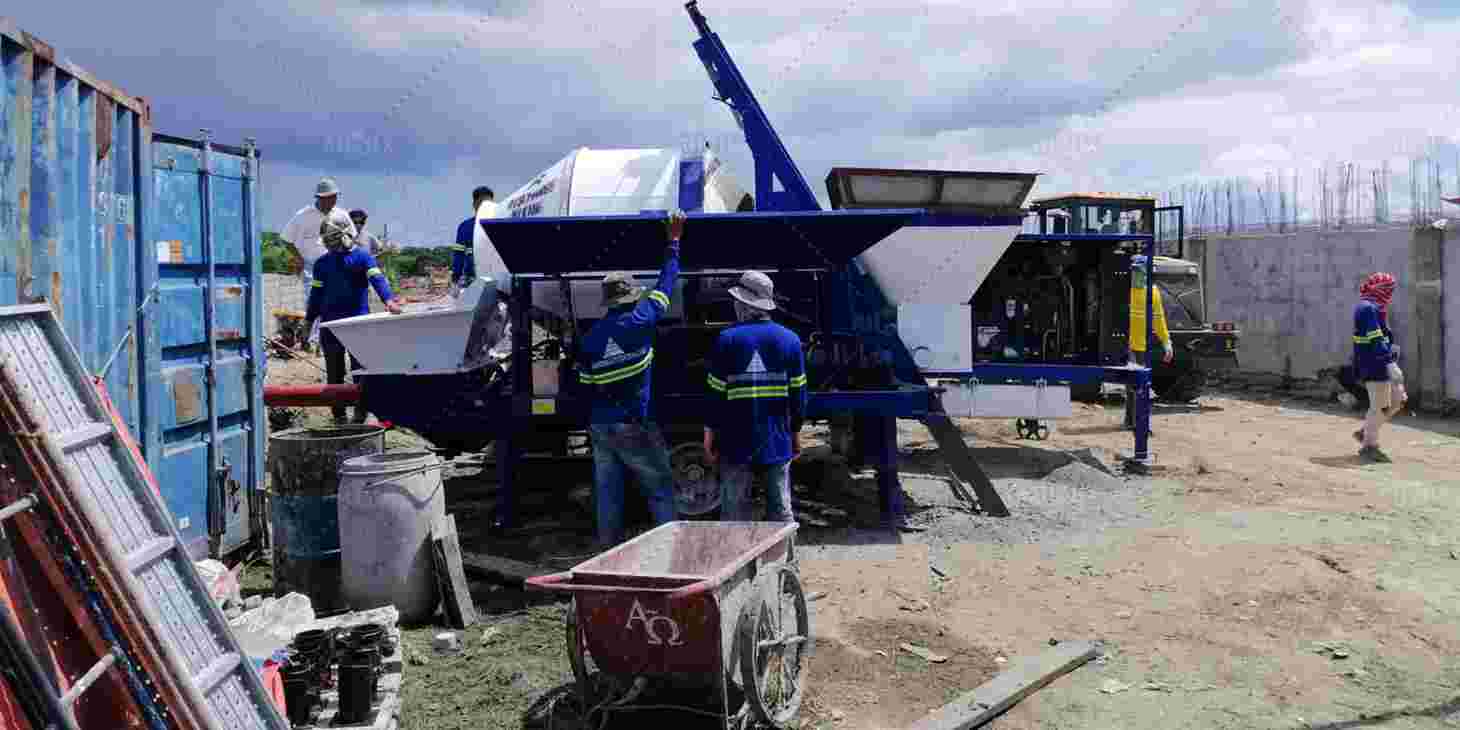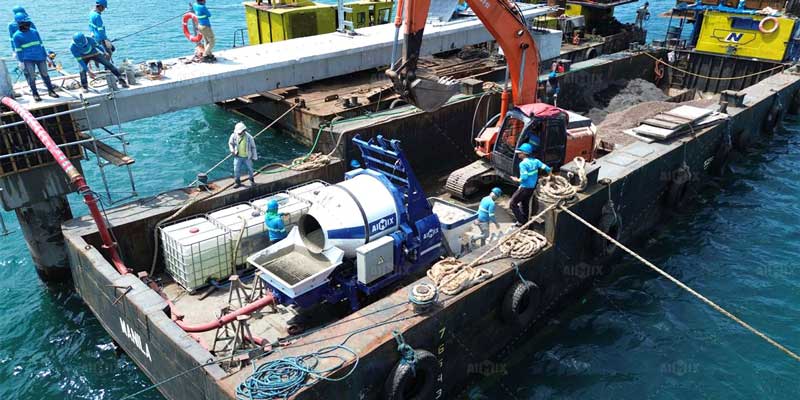Concrete mixing pumps are indispensable in modern construction, streamlining the process of transporting and pouring concrete. However, the operation of these machines demands a profound understanding of both their mechanical intricacies and the best practices to ensure safety and efficiency. Missteps in this domain can lead to catastrophic failures, financial losses, and, most importantly, safety hazards. This article delineates critical do’s and don’ts that every concrete mixing pump operator should heed, fostering a culture of safety and operational excellence on construction sites.
Understanding the Do’s of Operating Concrete Mixing Pumps
When operating concrete mixing pumps, adherence to best practices is paramount. The following do’s encapsulate essential guidelines that can significantly enhance the efficacy and safety of pump operations.
Do Conduct Thorough Pre-Operational Checks
Before initiating any concrete mixing pump, a meticulous pre-operational inspection is vital. Operators should check for mechanical integrity, ensuring that all components, from hoses to control systems, are functioning optimally. Inspecting for leaks, blockages, and wear can avert potential operational failures. Furthermore, familiarization with the specific model’s manual is imperative, as each machine may have unique operational quirks. This proactive approach not only safeguards the equipment but also minimizes risks associated with malfunctions during operation.

Do Prioritize Safety Protocols
Safety should always be the foremost priority. Operators must don appropriate personal protective equipment (PPE), including helmets, gloves, and eye protection. Additionally, understanding the safety mechanisms of the pump is crucial, such as emergency shut-off switches and pressure relief valves. Implementing a safety checklist before commencing work can ensure that all necessary precautions are in place. Regular training sessions focusing on safety drills can also cultivate a culture of awareness among all site personnel, thereby mitigating accident risks.
Do Maintain Clear Communication
Effective communication among team members is vital in the operation of concrete pump. Operators should establish clear signals with ground crew to coordinate movements and ensure everyone is aware of ongoing operations. Utilizing two-way radios or other communication devices can enhance situational awareness, particularly in noisy environments. Clarity in communication can prevent mishaps, ensuring that everyone is synchronized in their efforts, which is essential for maintaining a safe and efficient working atmosphere.
Recognizing the Don’ts of Operating Concrete Mixing Pumps
While understanding what to do is crucial, recognizing what not to do is equally important. The following don’ts highlight common pitfalls that operators must avoid to ensure safe and effective operations.

Don’t Ignore Manufacturer Guidelines
Disregarding manufacturer guidelines can lead to improper use of concrete mixing pumps, resulting in inefficiencies and potential hazards. Each machine is designed with specific operational parameters, including maximum capacity and pressure thresholds. Ignoring these specifications may not only damage the concrete pump equipment but can also pose serious safety risks to operators and workers nearby. Operators should always consult the operational manual and adhere strictly to the outlined protocols to ensure optimal performance and safety.
Don’t Overload the Pump
Overloading a concrete mixing pump is a common error that can have dire consequences. Each pump is engineered to handle a specific volume of concrete. Exceeding this capacity can lead to mechanical failure, increased wear and tear, and potential accidents. Operators should be diligent in monitoring the load and ensure that it remains within the recommended limits. This vigilance not only preserves the equipment’s longevity but also enhances overall site safety.
Don’t Neglect Post-Operation Maintenance
Post-operation maintenance is often overlooked but is crucial for the longevity and reliability of concrete mixer pump for sale. After concluding operations, thorough cleaning and inspection of the equipment should be performed. Any residual concrete should be removed to prevent clogs, and a detailed check for wear should be conducted. Neglecting maintenance can lead to diminished performance and costly repairs in the future. Establishing a routine maintenance schedule is essential for ensuring the pump remains in optimal working condition.
Conclusion
Operating concrete mixing pumps requires a nuanced understanding of both operational best practices and the potential pitfalls that can arise. By adhering to the do’s and avoiding the don’ts, operators can significantly mitigate risks, enhance safety, and improve the overall efficiency of concrete placement. The construction industry thrives on precision, and by fostering a culture of responsibility and awareness, we can ensure that the powerful capabilities of concrete mixing pumps are harnessed effectively and safely.